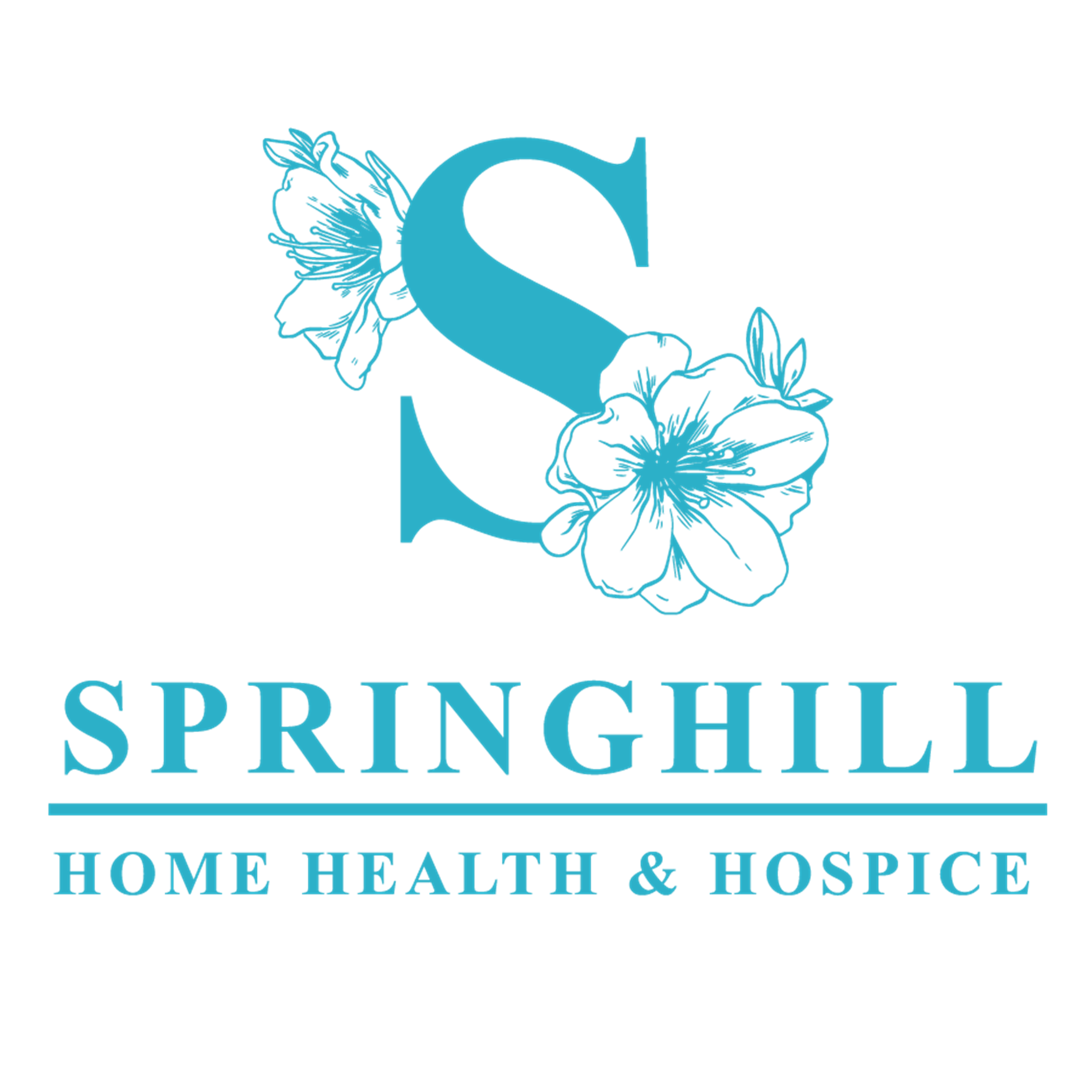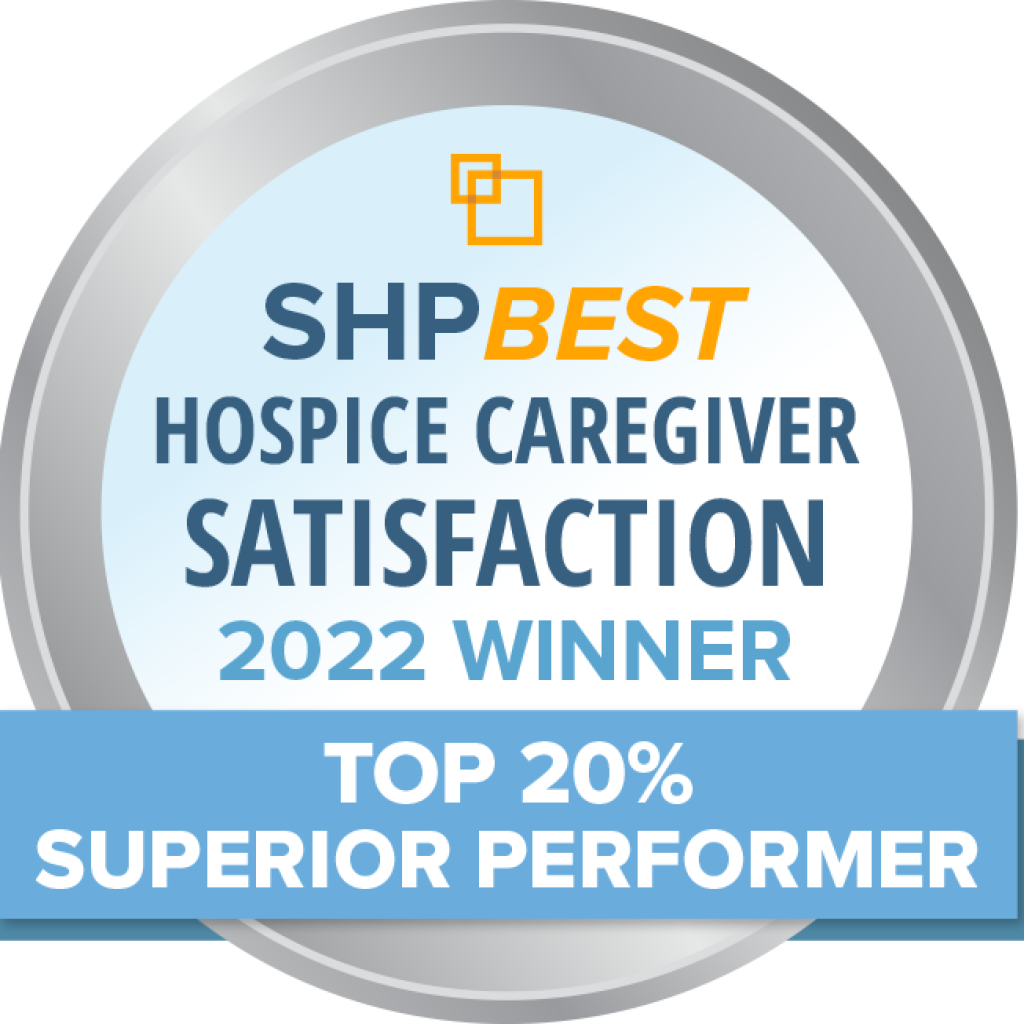
Ensuring Safety in Home Health & Hospice Care: A Commitment to Excellence
The importance of safety in the workplace for healthcare providers cannot be overstated. As we approach OSHA’s Safe and Sound Week in August, it is an opportune moment to highlight the critical measures we undertake to ensure a safe work environment for our staff and patients. This communication aims to inform our referral sources about our safety protocols and provide valuable tips that medical professionals may find beneficial for maintaining safety in their workplaces.
Our Commitment to Safety
Hospice
In hospice care, where the environment can be unpredictable and emotionally charged, maintaining rigorous safety standards is paramount. Our commitment to safety is evidenced by our comprehensive safety programs, continuous staff training, and adherence to OSHA guidelines. According to the Bureau of Labor Statistics (2023), healthcare workers face a higher rate of workplace injuries than workers in most other sectors, with nearly 5.5 injuries per 100 full-time workers annually. This statistic underscores the importance of our ongoing efforts to mitigate risks and promote a culture of safety.
- Staff Training and Education
- Ongoing Training: All our staff undergo regular training sessions that cover the latest safety protocols, emergency procedures, and the proper use of personal protective equipment (PPE). Research has shown that continuous education significantly reduces the incidence of workplace injuries (Smith et al., 2022).
- Ergonomic Interventions
- Proper Lifting Techniques: Back injuries are a common concern in healthcare settings. We emphasize training on proper lifting techniques and the use of mechanical lifts when necessary to prevent musculoskeletal injuries (Anderson et al., 2020).
- Infection Control Measures
- Strict Hygiene Protocols: Adherence to stringent hygiene protocols, including regular handwashing, use of sanitizers, and appropriate use of PPE, is mandatory. These measures are crucial in preventing the spread of infections among staff and patients (CDC, 2022).
- Mental Health Support
- Counseling Services: Recognizing the emotional toll that hospice work can take, we offer counseling services to support our staff’s mental health. Studies have indicated that mental health support reduces burnout and improves job satisfaction among healthcare workers (Jones et al., 2021).
Home Health
We have instituted comprehensive safety protocols to protect our employees and patients. These measures include:
- Rigorous Training Programs: All staff members undergo extensive training on infection control, proper handling of hazardous materials, and the use of personal protective equipment (PPE). Regular refreshers and updates ensure that our team stays abreast of the latest safety practices.
- Incident Reporting Systems: An efficient incident reporting system enables staff to promptly report any safety concerns or near-misses. This proactive approach allows us to address potential hazards before they result in harm.
- Mental Health Support: Recognizing the psychological toll of healthcare work, we provide mental health resources and support systems for our employees. This holistic approach to safety encompasses both physical and mental well-being.
Safety Tips for Medical Professionals
While our safety protocols are robust, there are additional tips that medical professionals may find useful in enhancing their safety at work:
- Use Technology Wisely
- Telehealth Services: Where appropriate, leverage telehealth services to reduce the need for physical interactions, thereby minimizing exposure to infectious diseases.
- Stay Informed
- Continuing Education: Keep abreast of the latest safety guidelines and best practices through continuing education programs. This knowledge is vital for adapting to new challenges and improving workplace safety.
- Promote a Safety Culture
- Open Communication: Foster an environment where staff feel comfortable reporting safety concerns without fear of retribution. An open communication culture is essential for identifying and addressing potential hazards promptly (Davis et al., 2019).
- Personal Protective Equipment (PPE)
- Proper Use and Disposal: Ensure the correct use and disposal of PPE. Improper handling can negate the benefits and increase the risk of contamination.
Safety in the workplace is a fundamental aspect of providing high-quality home health and hospice care. By implementing rigorous safety measures and continuously educating our staff, we strive to create a secure environment for both our employees and patients. We encourage our referral sources to adopt similar practices to enhance safety within their own organizations. Together, we can build a safer healthcare system for everyone. Call us today to learn more!
References
Anderson, J., Williams, M., & Smith, T. (2020). Ergonomic interventions in healthcare: A review of the evidence. Journal of Occupational Health, 62(4), 311-319. https://doi.org/10.1002/joh.22023
Centers for Disease Control and Prevention (CDC). (2022). Infection control in healthcare settings. Retrieved from https://www.cdc.gov/infectioncontrol/index.html
Davis, K., Turner, M., & Wrenn, G. (2019). Promoting a culture of safety in healthcare. Healthcare Management Review, 44(2), 123-135. https://doi.org/10.1097/HMR.0000000000000199
Jones, A., Phillips, R., & Brown, L. (2021). Mental health support for healthcare workers: A systematic review. Journal of Occupational and Environmental Medicine, 63(1), 54-62. https://doi.org/10.1097/JOM.0000000000002025
Smith, R., Johnson, P., & Martinez, S. (2022). The impact of continuous education on workplace safety in healthcare. American Journal of Industrial Medicine, 65(3), 233-245. https://doi.org/10.1002/ajim.23394
U.S. Bureau of Labor Statistics. (2023). Occupational injuries and illnesses among healthcare workers. Retrieved from https://www.bls.gov/iif/
Bureau of Labor Statistics. (2021). Nonfatal occupational injuries and illnesses requiring days away from work, 2020. Retrieved from https://www.bls.gov/news.release/pdf/osh2.pdf
Centers for Disease Control and Prevention. (2020). Hand hygiene in healthcare settings. Retrieved from https://www.cdc.gov/handhygiene/index.html
Geldart, S., Shannon, H. S., Lohfeld, L., & Grant, S. M. (2018). Organizational practices and workplace health and safety: A cross-sectional study in manufacturing companies. Safety Science, 106, 186-193.
National Institute for Occupational Safety and Health. (2019). Stress at work. Retrieved from https://www.cdc.gov/niosh/docs/99-101/
Smith, A. P., Johal, S. S., Wadsworth, E., Smith, G. D., & Peters, R. (2020). The use of wearable technology to reduce workplace injuries. Journal of Occupational Health, 62(3), 1-10.



